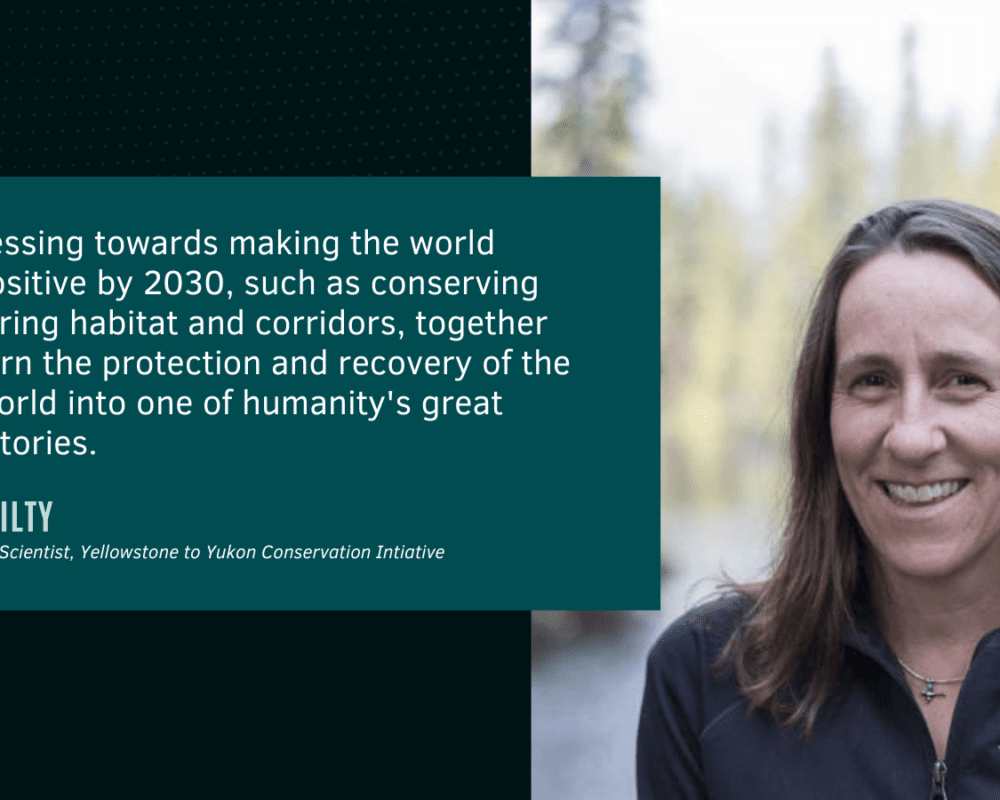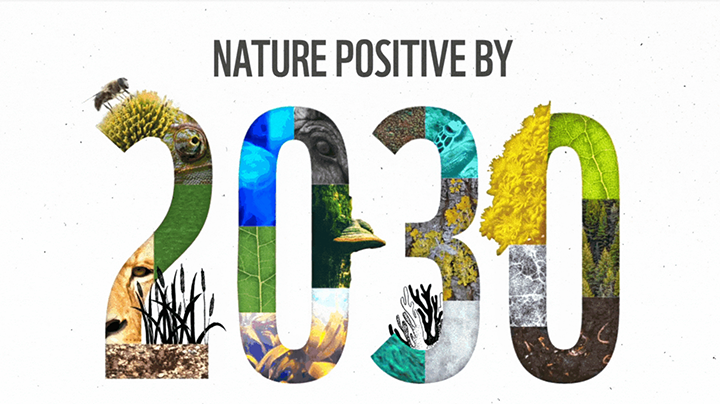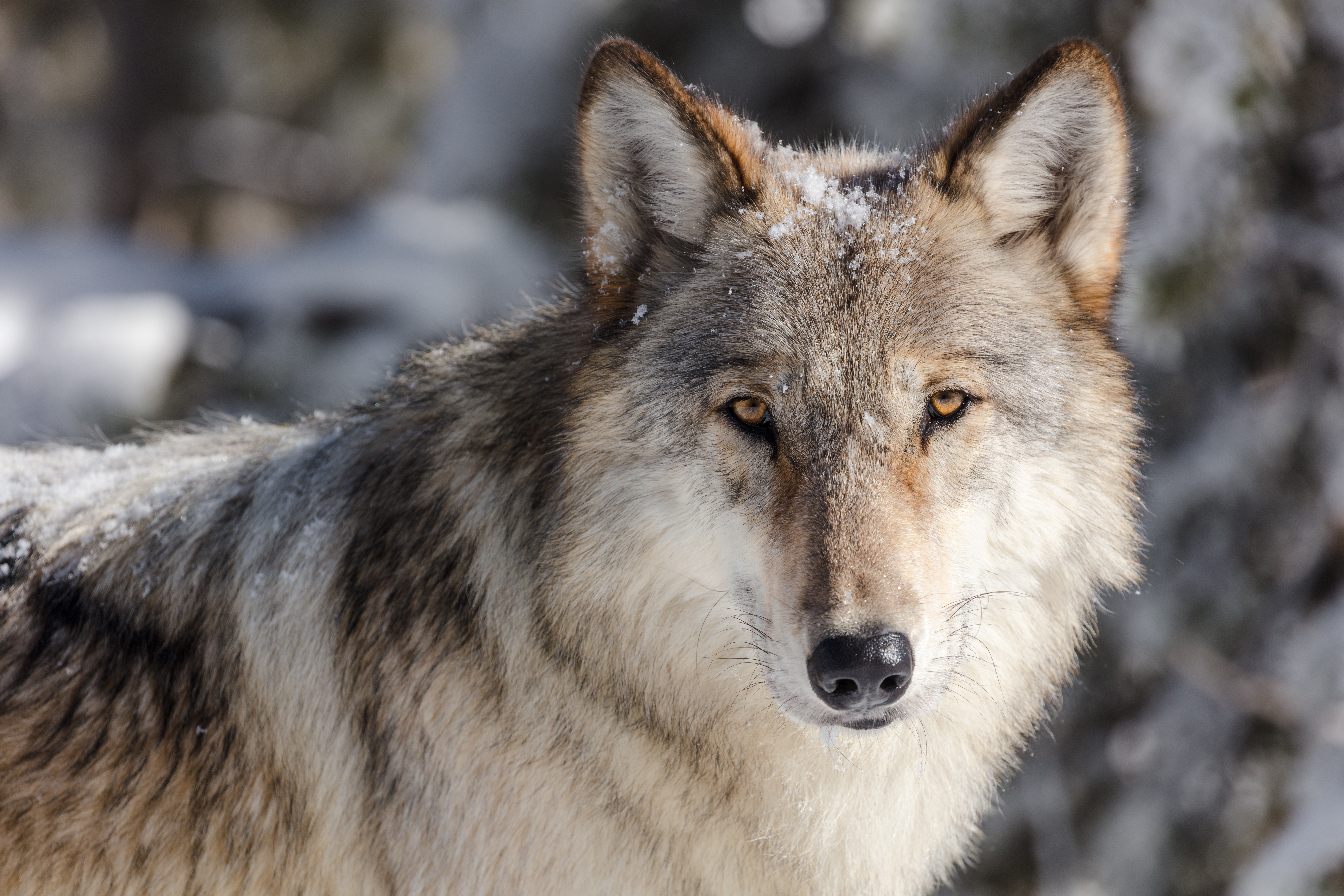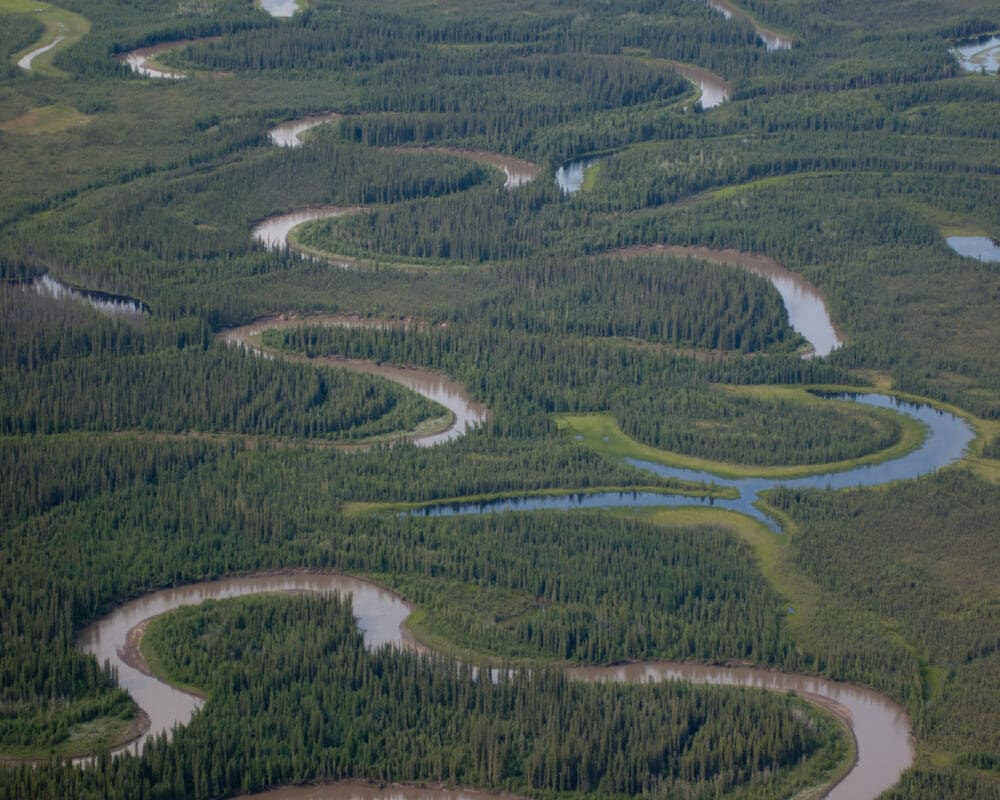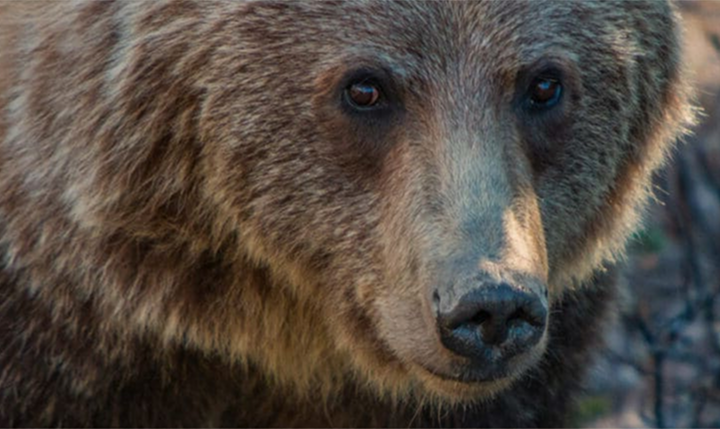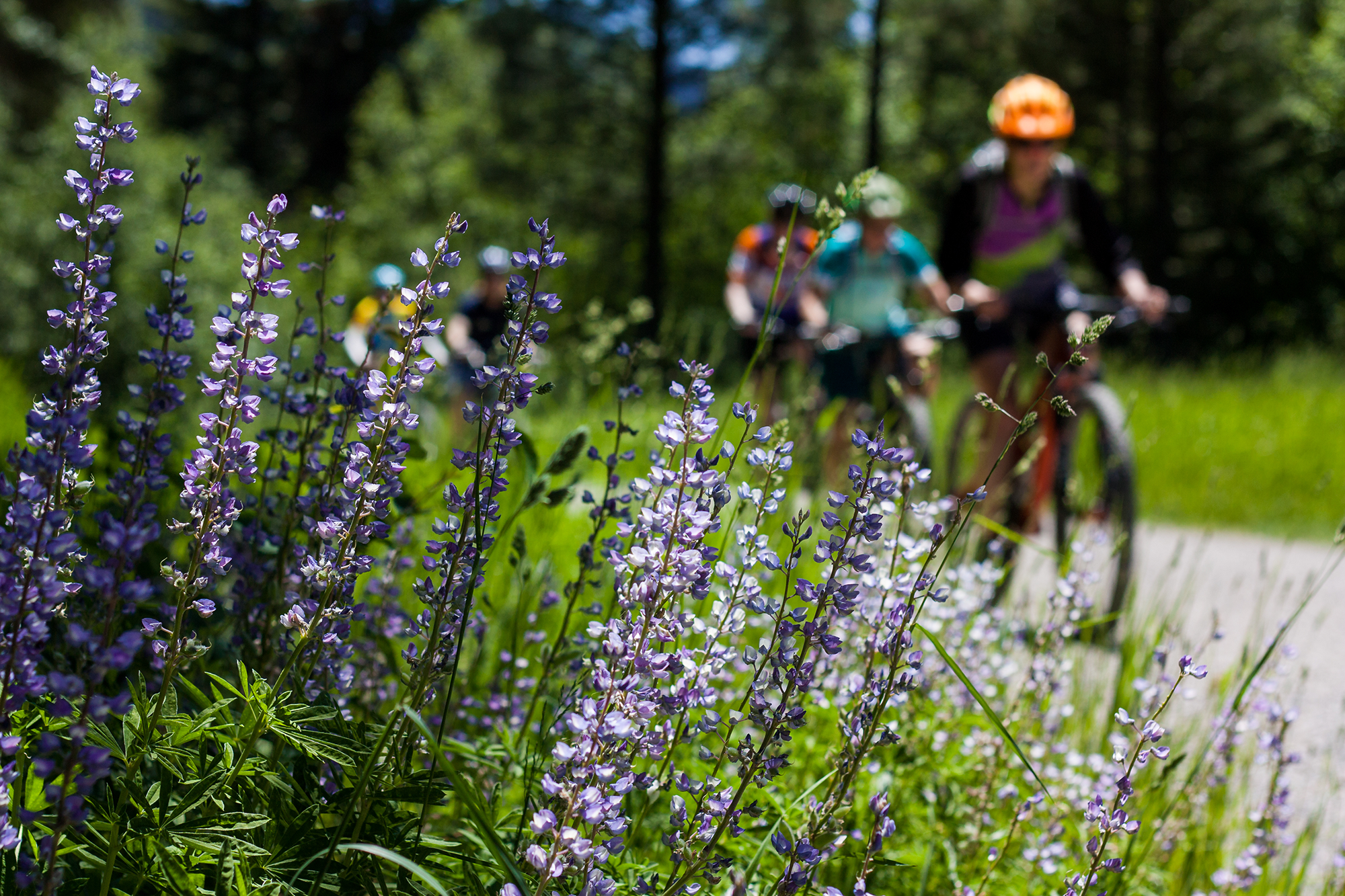In a historic show of global unity, 196 countries have agreed to chart a path to a Nature Positive future together.
This commitment, known as 30×30 pledges to protect 30 percent of Earth’s lands and waters by 2030, ensuring the natural world and all the benefits it provides us with flourishes for generations to come.
What is 30×30?
In December 2022, 196 nations from around the world adopted the Kunming-Montreal Global Biodiversity Framework. This monumental agreement represented a global commitment to protect our planet and its capacity to sustain people and wildlife for generations to come.
The framework contains 23 targets created with the goal of halting and reversing biodiversity loss, meeting the needs of people, and buffering people from the impacts of climate change. Target 3, known as “30×30”, calls for countries to protect at least 30 percent of Earth’s lands, oceans, and fresh water by the year 2030.
To successfully benefit people and nature, these protected areas need be chosen based on their importance to biodiversity, be well-connected with other protected areas, and be equitably managed through cooperation with governments, Indigenous groups, and local communities.

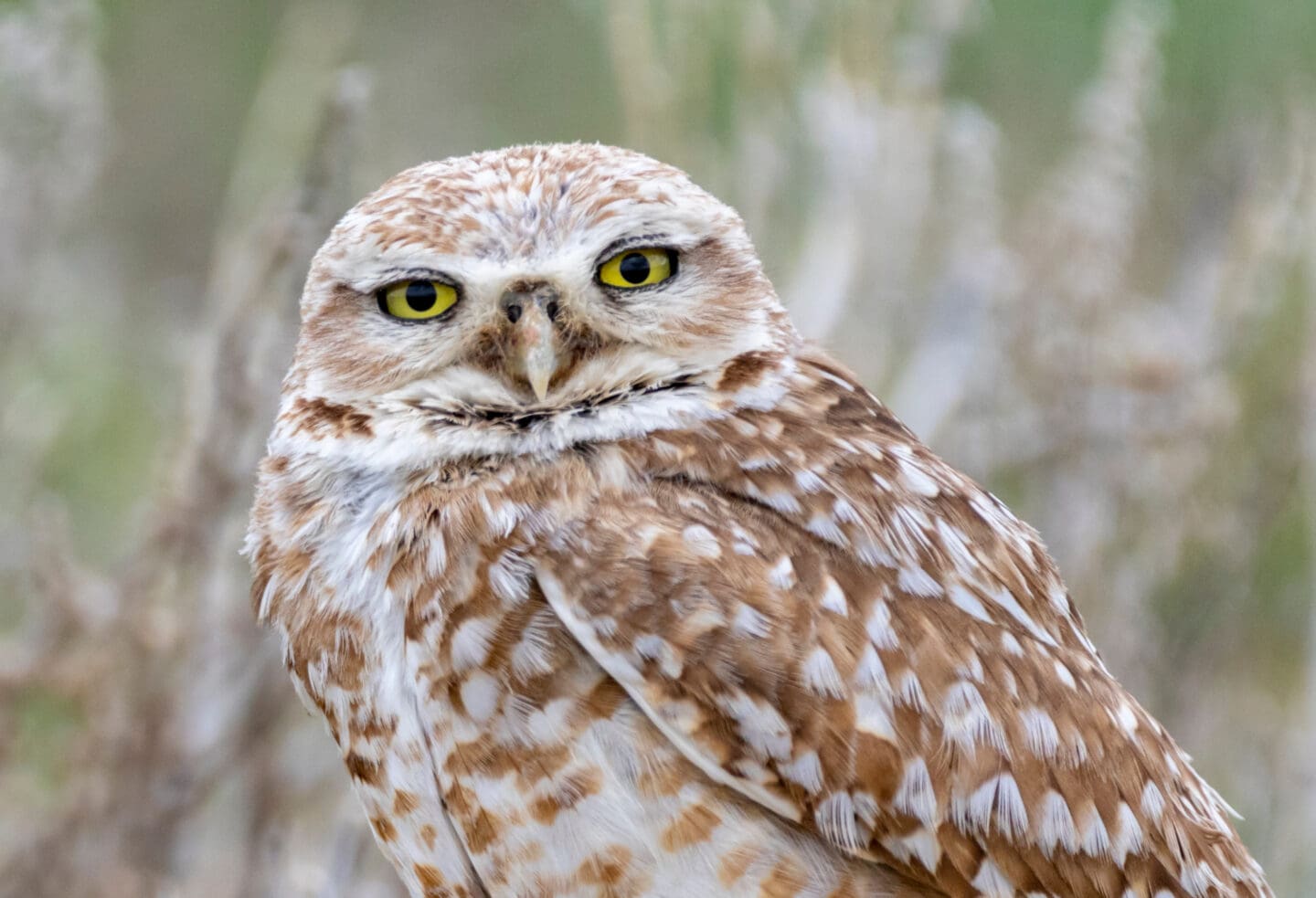

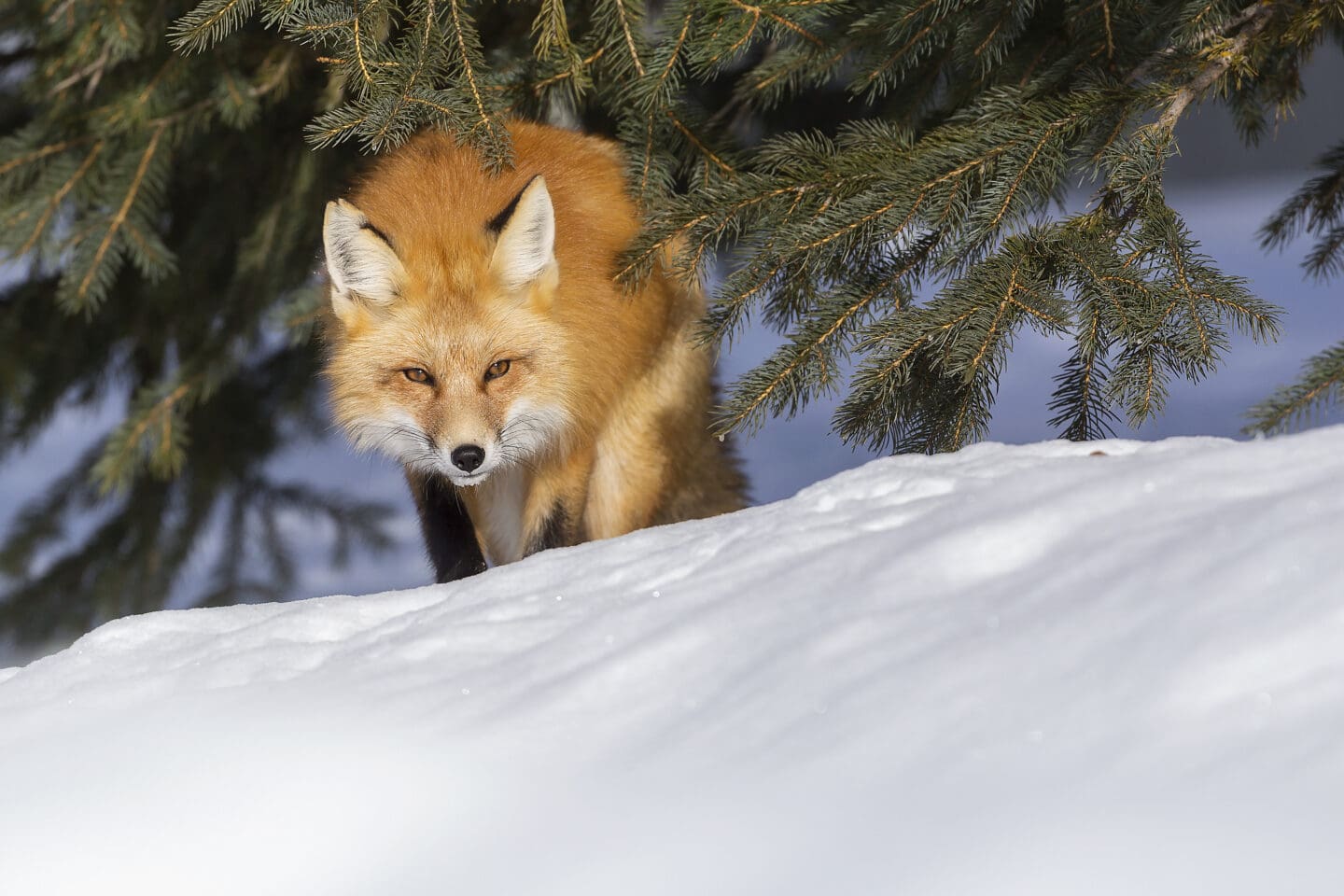
Protecting 30×30 is part of the global societal goal of a Nature Positive world.
Using the year 2020 as a baseline, Nature Positive means that the amount of nature in the world is higher in 2030 than in 2020, and by 2050 nature has achieved a full recovery. But why is this goal important, and how does nature benefit people in the first place?
Healthy biodiversity is crucial to human health, well-being, and the economy.
Take a minute to think about your day. Did you do anything related to biodiversity?
Perhaps your breakfast included a few of the 75 percent of crops partially or fully dependent on pollinators, such as blueberries, coffee, or kiwi fruits.
Did you drink a refreshing glass of clean water throughout the day, as you breathed in the fresh air around you?
You might have even had the chance to take a few minutes to relax on your way home as you walked through a park filled with native plants and local wildlife.
Biodiversity, and in turn healthy ecosystems, benefits people. These benefits are known as ecosystem services.
Ecosystem services include the resources we need to survive such as nutritious foods, healthy soils, clean water, fresh air, and life-saving medicines.
They also include services that power our economies, such as biofuels, building materials, and eco-tourism. They can also provide services that enrich our lives, such as improving our health and well-being by participating in outdoor recreational activities or creating art inspired by nature.

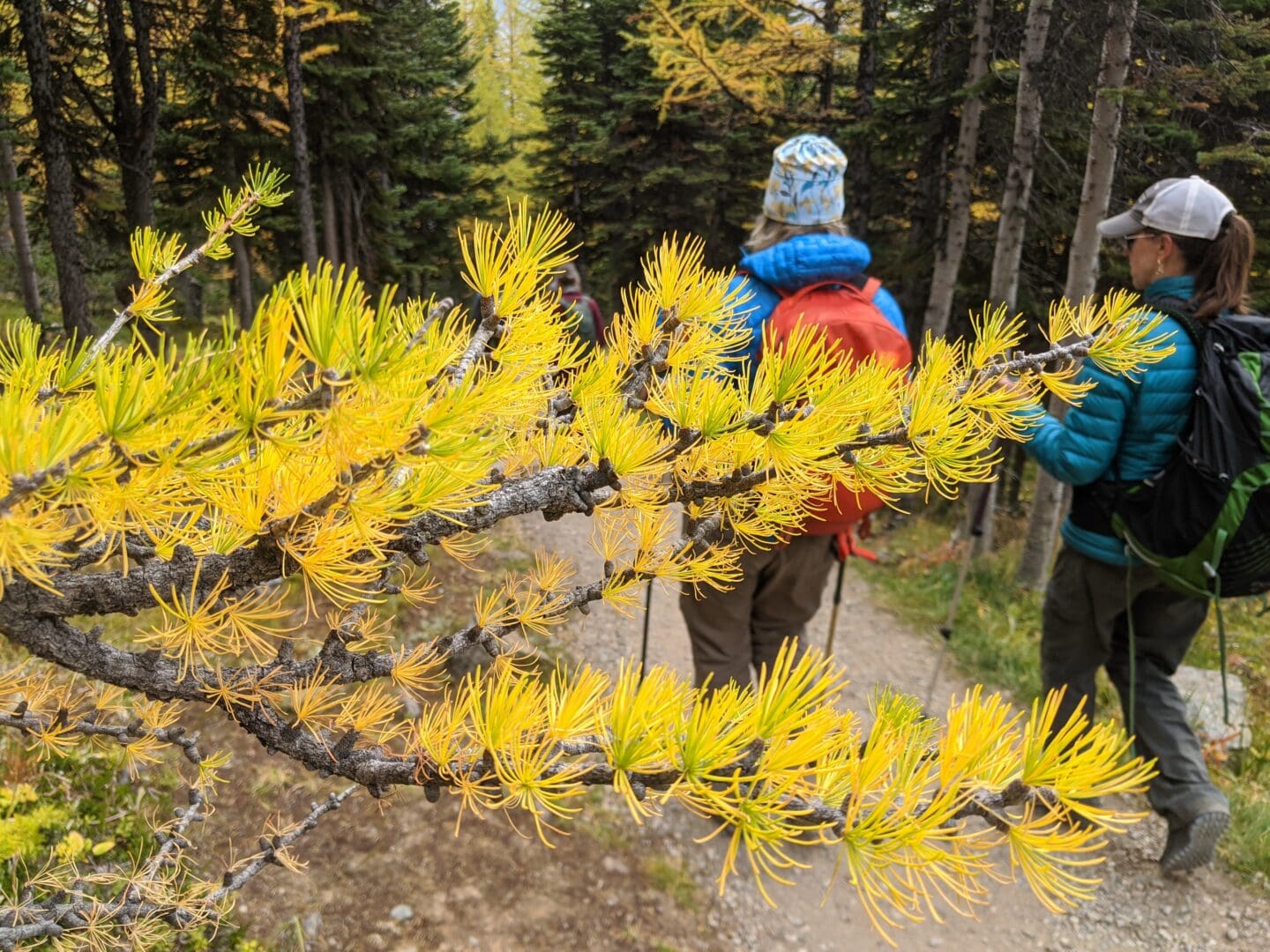

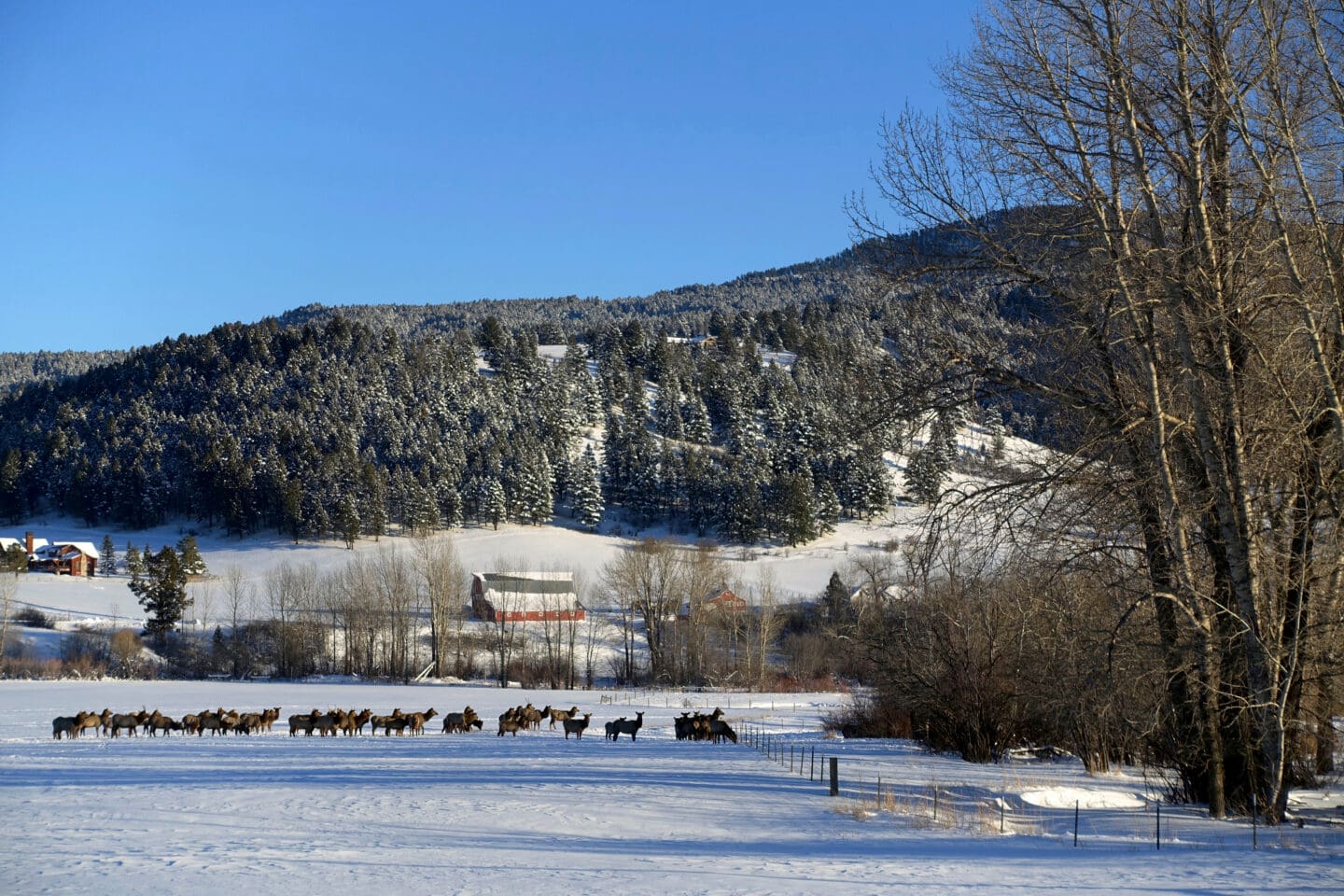
Unfortunately, nature, biodiversity, and ecosystem health are declining faster than at any other point in human history.
Our planet is experiencing its sixth mass extinction, with a staggering one million species at risk of becoming extinct within the next few decades.
As species die out and biodiversity decreases, nature’s ability to provide ecosystem services for humans will decrease as well. The fate of humanity is intertwined with nature. Our health, well-being, economies, and even our survival relies on a healthy planet.
Human activities can negatively impact Earth’s health and biodiversity.
For example, activities such as building roads can break habitats down into smaller fragments, and deforestation can reduce the number of high-quality habitats available for wildlife.
In the Yellowstone to Yukon region, scientists have studied the impact of fragmentation on a variety of wildlife, including grizzly bears and mountain caribou.
Without diverse, well-connected habitats, wildlife struggle to find food and mates, cross busy highways, and move through their habitats safely. This results in higher wildlife mortality and lower biodiversity, impacting the land’s ability to support both the wildlife and people who rely on it.
Y2Y’s work directly supports 30×30’s goal to protect 30% of Earth’s habitats by 2030.
Healthy biodiversity is crucial for people and nature. To meet our needs and buffer the impacts of climate change, we must act immediately to halt and reverse biodiversity loss. Currently, over 21 percent of the Yellowstone to Yukon region is protected.
30×30 is an ambitious target, but Y2Y is no stranger to ambitious goals. Since forming in 1993, Y2Y has collaborated with more than 790 conservation groups, local landowners, Indigenous groups, businesses, government agencies, funders, donors, and scientists to work towards connecting and protecting the vast 3,400 km (2,100 mile) long Yellowstone to Yukon region.
This collaborative, landscape-scale approach allows wildlife to move freely, while supporting the people and communities who share this land with them.

Y2Y’s landscape protection team works with partners and uses the best science and Indigenous and local knowledge to identify and protect core habitat in this amazing region.
Y2Y also has a goal to reach at least 30 percent of the Yellowstone to Yukon region protected by 2030. As of 2024, this would mean an increase of 200,000 km2 (20,000,000 ha.) in lands and waters protected.
Recent advancements include the expansion of the Klinse-za/Twin Sisters Provincial Park, creating a protected area 203,200ha/500,000 acres. This is the largest new park in B.C. since the mid-2010s.
Additionally, Y2Y has taken a leading role in setting connectivity and protected area standards, with Y2Y co-founder Harvey Locke chairing the Beyond the Aichi Targets’ Taskforce. Also, our president and chief scientist Dr. Jodi Hilty and other staff and board are engaging across various International Union for Conservation of Nature working groups.
Together with countries all around the world, we are working together to become Nature Positive, protecting biodiversity so that wildlife and humans can thrive for generations to come.

